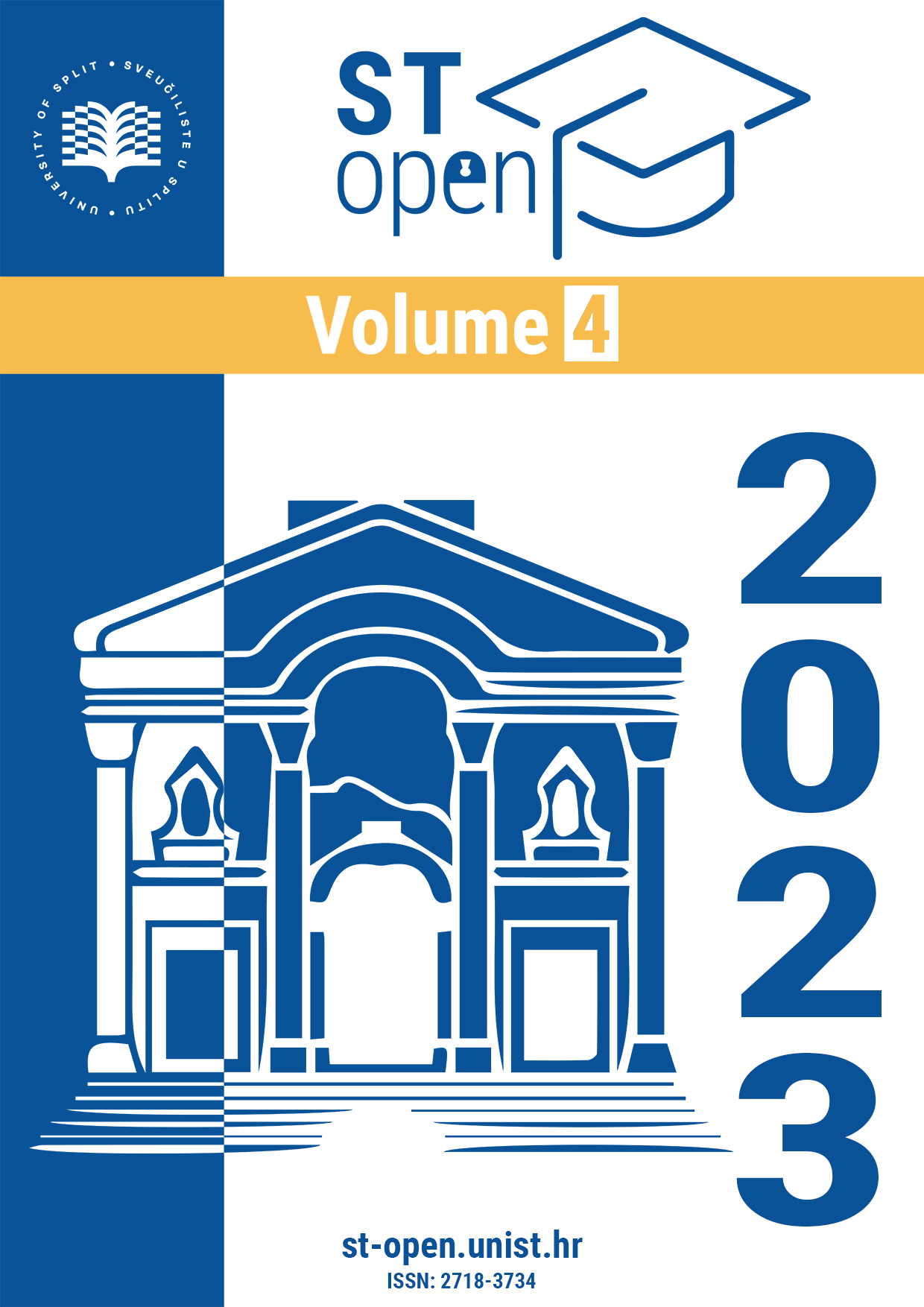Influence of oral hormonal contraception on the concentration of anti-Müllerian and reproductive hormones in patients with polycystic ovary syndrome
DOI:
https://doi.org/10.48188/so.4.18Keywords:
anti-Müllerian hormone, health, oral hormonal contraception, ovarian reserve, polycystic ovary syndromeAbstract
Aim: To investigate the effects of three-month use of oral hormonal contraception (OHC) on hormonal status and ovarian reserve indicator (anti-Müllerian hormone, AMH) in patients with polycystic ovary syndrome (PCOS).
Methods: 19 patients with diagnosed PCOS and clinical and laboratory signs of hyperandrogenism without additional comorbidities and co-medication were included in the study. All participants received therapy with the same oral hormonal contraceptive (fixed combination of 0.035 mg ethinyl estradiol and 2 mg cyproterone acetate). The main outcomes were the concentrations of reproductive hormones measured before starting therapy and in the first cycle following therapy. Hormone concentrations were analysed using the immunochemical electrochemiluminescence (ECLIA) method.
Results: Initial concentrations of total and free testosterone and AMH were elevated, while initial concentrations of other reproductive hormones were within reference values. By applying the therapy, the concentrations of AMH, luteinizing hormone (LH) and estradiol decreased by more than 20% and those of free testosterone by 85%. The concentration of sex hormone binding globulin (SHBG) increased by 44%.
Conclusions: Three months of oral hormonal contraception with 35 μg ethinyl estradiol and 2 mg cyproterone acetate reduced elevated concentrations of AMH and free testosterone in PCOS patients. The decrease in serum AMH concentration indicates a temporary interruption of folliculogenesis as well as the selection of follicles from preantral to antral, and the decrease in androgens has a positive effect on the clinical condition and symptoms of patients with PCOS.
Downloads
Published
Issue
Section
Categories
License
Authors retain copyright and grant the journal right of first publication with the work simultaneously licensed under a Creative Commons Attribution (CC-BY) 4.0 License that allows others to share the work with an acknowledgment of the work’s authorship and initial publication in this journal.







